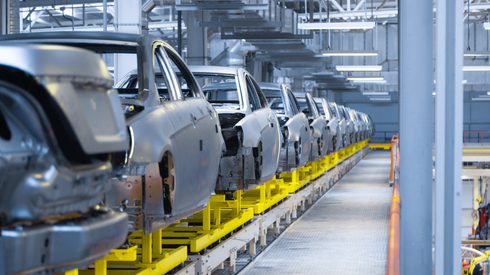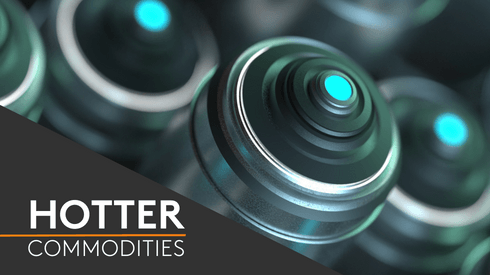A Chinese lithium producer source said they already cut lithium production, without disclosing further details. A second Chinese lithium producer source confirmed to Fastmarkets that they are considering adjusting their production, but no decision had been made yet.
Other Chinese lithium producers were said to either have cut or suspended production, or were considering taking such options given that current lithium prices have trended below their breakeven point, according to sources.
“We are under great pressure. Every ton of lithium salts we sell brings us losses,” the second Chinese lithium producer source said.
Spodumene prices still higher than lithium prices
“The issue is the feedstock, the spodumene prices. Although they are falling, the prices are still high compared to lithium prices, so our cost levels are higher than the lithium prices,” they added.
Fastmarkets’ daily assessment of spodumene min 6% Li2O, spot price, cif China was $750-800 per tonne on Thursday August 15, down by $20-30 per tonne from $780-820 per tonne a day earlier.
Taking the midpoint of Fastmarkets’ latest spodumene assessment, the corresponding production cost of battery-grade lithium carbonate would be approximately 80,000 yuan per tonne, Fastmarkets understands.
Fastmarkets’ weekly assessment of lithium carbonate 99.5% Li2CO3 min, battery grade, spot price range exw domestic China was 71,000-74,000 yuan per tonne on Thursday, down by 7,000-8,000 yuan per tonne from 78,000-82,000 yuan per tonne a week earlier.
China’s lithium prices have been on a general downtrend in 2024, pressured by weak demand and oversupply. The latest battery-grade lithium carbonate prices have decreased by 40,000-45,000 yuan per tonne from the 2024 peak of 111,000-119,000 yuan per tonne on March 14.
“The cost of battery-grade lithium carbonate among some vertically integrated lepidolite producers in China’s Jiangxi province is around 85,000 yuan per tonne, while other non-vertically-integrated lepidolite producers have even higher costs,” a Chinese lithium trader said.
“Although many Chinese lithium producers haven’t yet cut or suspended production, including some of the vertically integrated lepidolite producer, I believe [cutting or suspending production] is the way to go, especially amid thin hope of support from the demand side” a second Chinese lithium trader said.
Any support for lithium prices needs to come from supply reduction, while the demand improvement is a long shot, according to multiple sources interviewed by Fastmarkets.
Why is China’s lithium market in oversupply?
China’s lithium market is severely oversupplied, with the country’s carbonate imports at 106,389 tonnes in the first six months of 2024, up by 45.39% from 73,180 tonnes during the same period in 2023.
Lithium producers feeding on brines are some of the few who still have considerable margins given current lithium prices, with their production at the peak level during the summertime.
Zangge Mining Company Limited said the cost of sales for their lithium carbonate was 41,300 yuan per tonne on August 11, for example.
While the Chinese government increased its subsidies for trade-ins for new energy vehicles (NEVs) in an effort to boost the NEV market, the support to NEV sales and the upstream lithium market remains limited.
Consumers who trade in an old NEV registered before April 30, 2018, or an internal combustion engine (ICE) vehicle that meets or is below China’s national 3 emission standard will receive a subsidy of 20,000 yuan when they purchase a new NEV, China’s National Development and Reform Commission said on July 24.
The latest subsidy doubled from 10,000 yuan from the previous one announced in May.
According to the China Association of Automobile Manufacturers (CAAM), China’s NEV sales declined by 59,000 units or 5.53% to 991,000 units in July from 104,900,000 units in June.
“The subsidies for the trade-in program are not supportive of the entire EV market, as numbers of consumers who have trade-ins are already small. It would have been more supportive to EV sales if the subsidy is given to any new EV purchases,” a third Chinese lithium trader said.
The most active 2411 lithium carbonate futures contract on Guangzhou Futures Exchange recorded a major drop on Wednesday and closed at 73,000 yuan per tonne from the opening price at 76,050 yuan per tonne.
“The market previously expected the spot carbonate prices would bottom at 75,000 yuan per tonne. But even at the point, the decline is still rapid and there’s no clear end to the decline in sight. Therefore, the consumers are even more cautious with commitment to any spot orders, further reducing potential spot demand,” a third Chinese lithium producer said.
Gain a competitive edge with our lithium prices. Talk to us about our market-reflective lithium prices, data and analysis.






